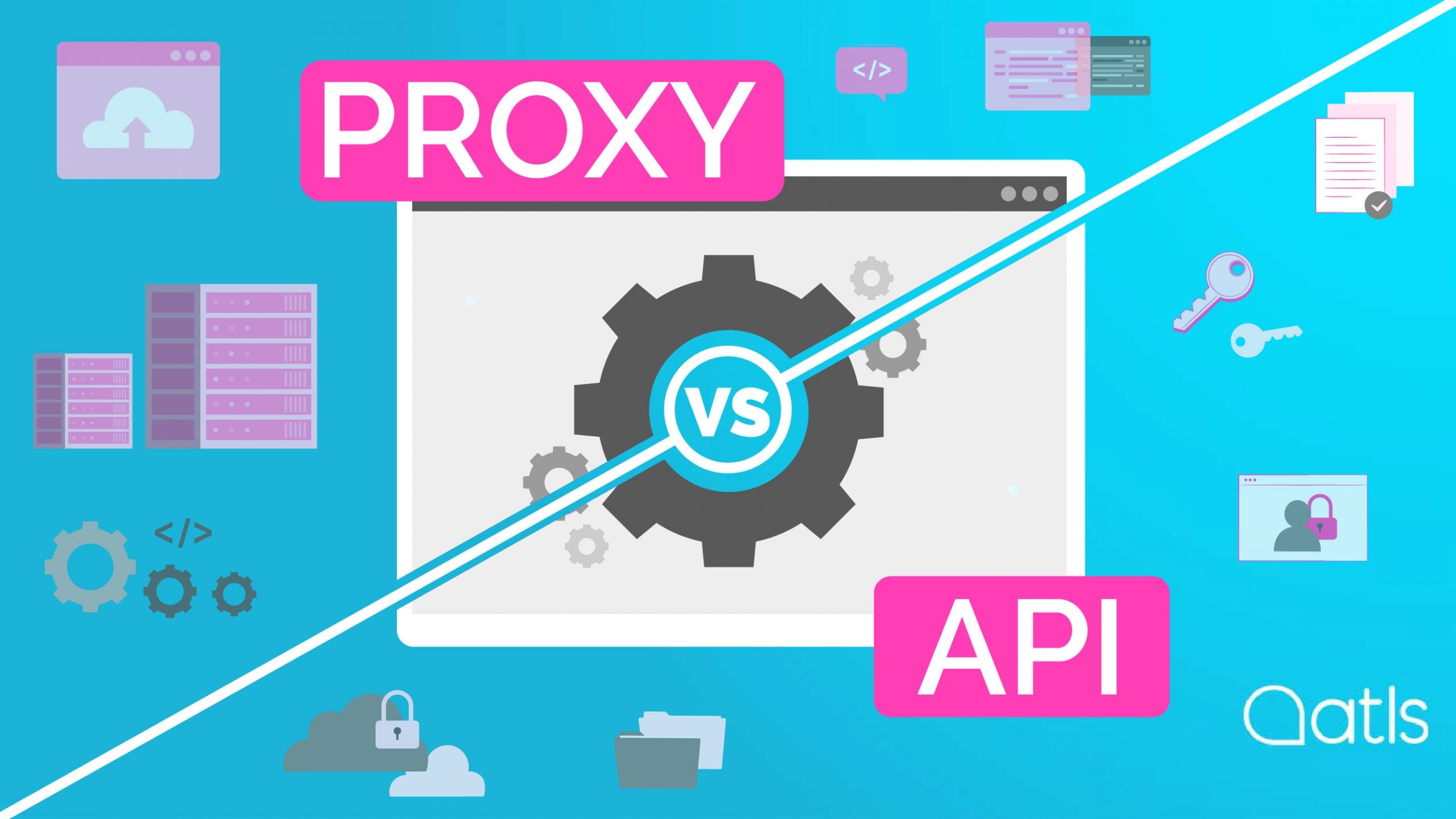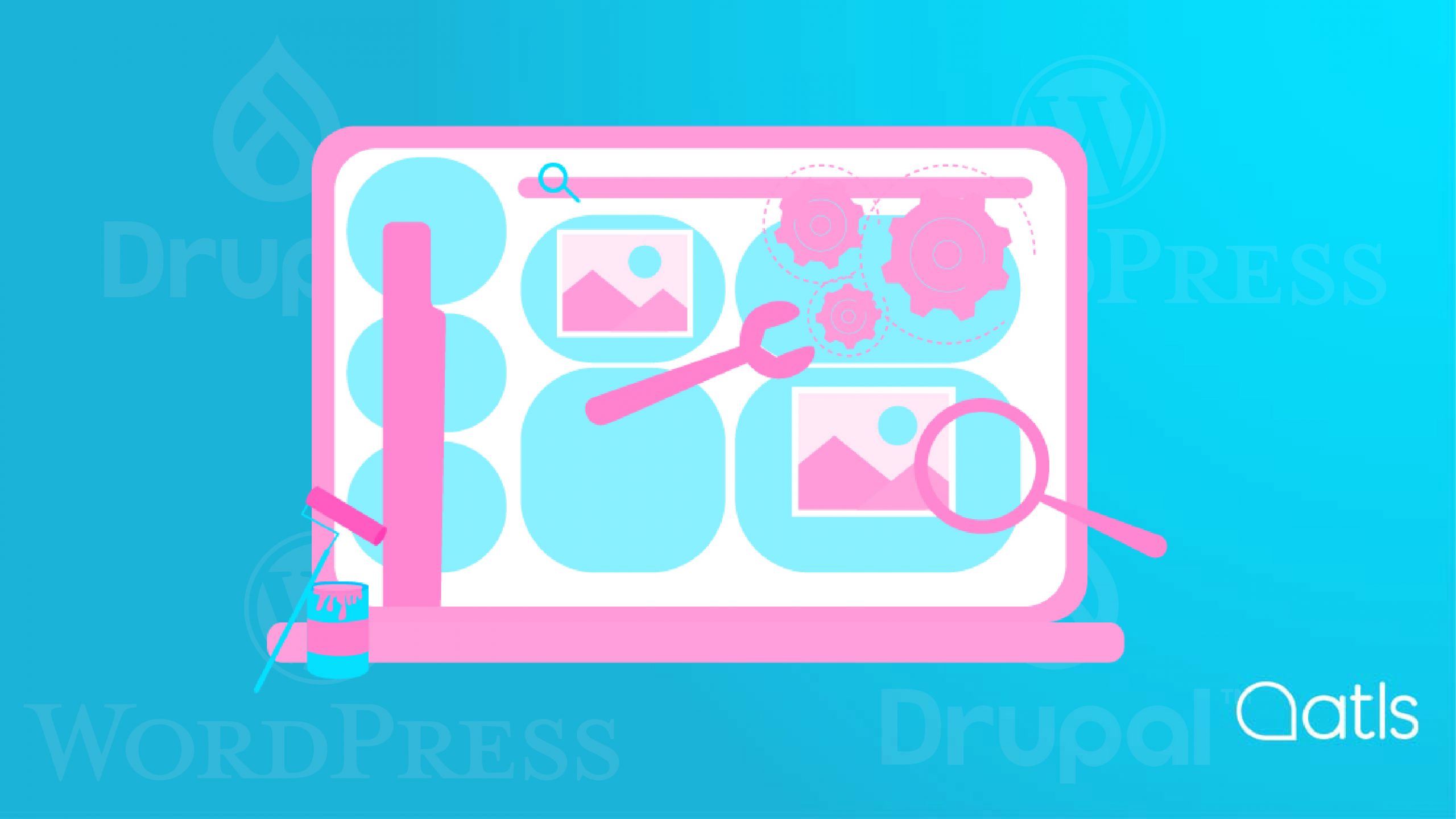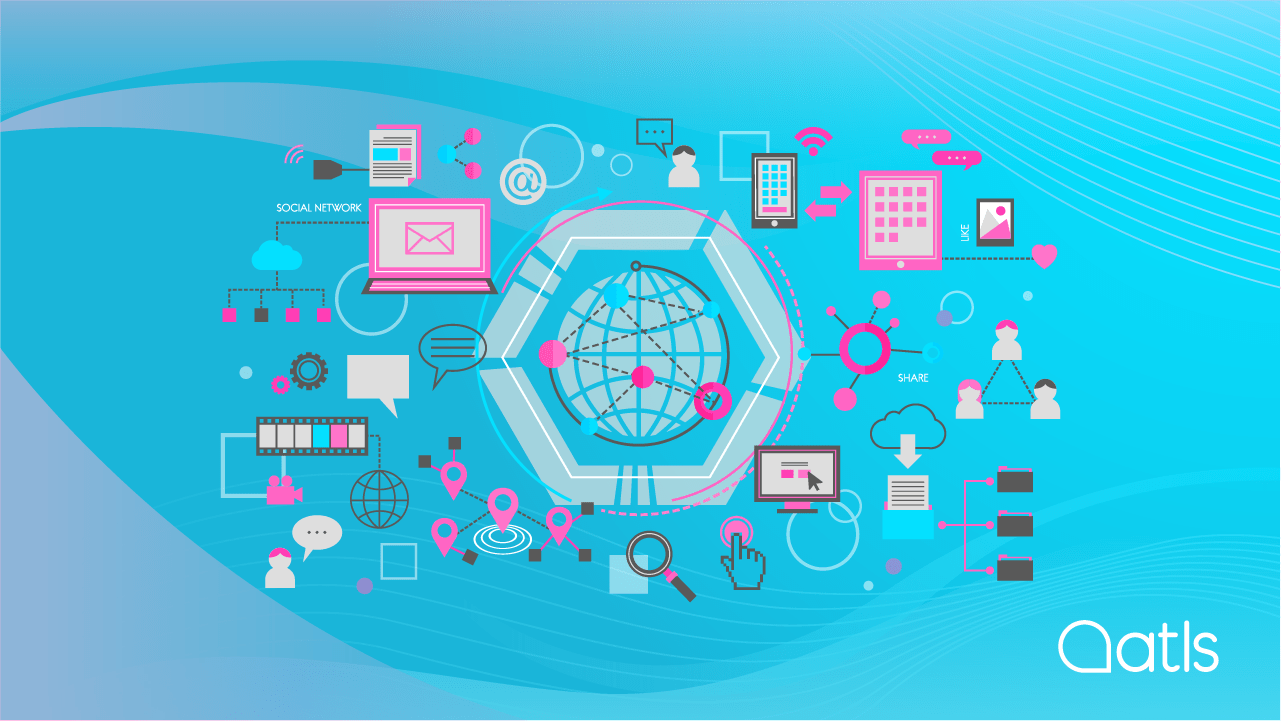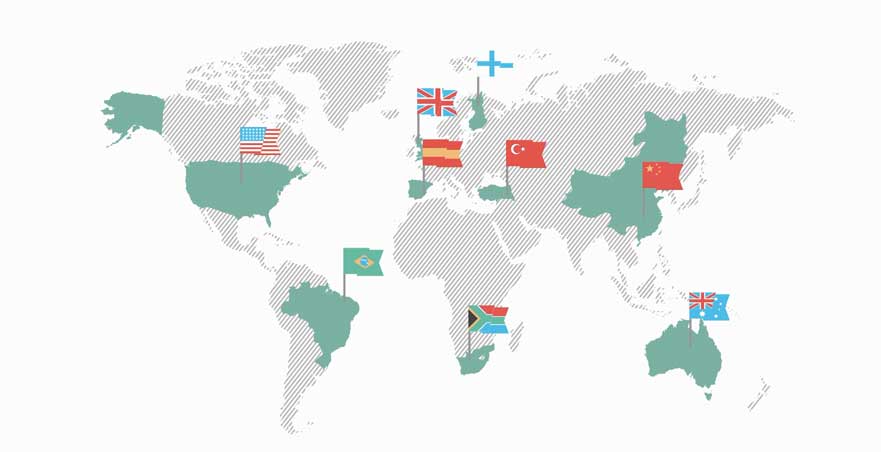Translation Proxy or API: which is the right one for you?

Translation proxy or API, that is the question. If your company is expanding internationally, your website is probably one of your marketing department's biggest concerns, and rightly so. A properly translated, optimised website with optimal user experience, can convert up to 11% of its visitors into customers. Let's look at an example. If your website has 10,000 visitors a month, a professional website translation service could help you achieve more than one thousand conversions. It's an opportunity you simply can't miss.
Lots of translation companies claim they can localise your website, but the truth is they're often stumped when it comes to it. Why? Because it requires in-depth specialisation, backed by a powerful IT team.
Global companies want to give their users the best localised experience, regardless of the channel they're using: website, social media, videos, etc.
Translation proxy or API: We're here to help you find out which option best suits you.
- How does traditional website translation work?
- Proxy technology: the key to efficient translation of dynamic websites
- Discover the advantages of AT-WST to translate your website efficiently
- Why is a translation proxy the perfect choice for you?
- What is a translation API?
- The advantages of AT-RTS (or a translation API)
- Translation proxy or API? We're here to help you choose the best option for your business
- Harnessing advanced technology for translations delivered in seconds: discover how!
How have websites been translated traditionally?
Traditional website translation methods are a sure-fire route to internal strain and unnecessary costs. How does it work?
- A slow, manual process
- There's potential for errors due to file handling
- Email exchanges and waiting times: a ton of bureaucracy
- Changes must be synchronised daily
- Then you have to repeat the whole process for every language!
It's an inefficient process, and can lead to errors and cost overruns.
When you're choosing which translation technology to go for, it's important to understand the differences between a translation proxy and API. It might sound like gobbledegook to begin with, but once you've read the article, all will become clear.
Proxy technology for ultra-dynamic website translation
At ATLS, our translation proxy is called AT-Website Translator (AT-WST). Our AT-WST translation proxy crawls through your CMS or repository and detects new content, sending it automatically to our translators. Once the translation has been completed, the proxy publishes translated content in all your website's languages, all SEO optimised.. Plus, it keeps your original design the same, regardless of the language being translated. Even if the language runs from right to left, or contains longer words (as is the case with German). You could say it's the perfect option for mirror websites, where all the content is translated into the various languages on your site.
The translation proxy can be used independently of the CMS your website has been designed in. The result is a streamlined, simple and fully optimised user experience. Plus, this technology is quick, efficient and cost-effective.
Advantages of AT-WST
- Our clients only need to create content in a single language.
- New content is detected and updated automatically.
- SEO guidelines.
- Option of using this technology for payment gateways and private areas.
- Error elimination.
- Reduced time to market.
- Reduction of internal workload.
- Lower translation costs thanks to the use of translation memories.
- Quickly and easily scaled for other languages.
- AT-WST is compatible with any CMS.
Why should you choose this translation technology?
AT-WST is positioned between the user and the web server, and it translates the visited pages on the fly, providing original content in your choice of languages. We detect new texts and send them automatically to our human translators.
What does the proxy provide?
- Cost reduction: AT-WST automates the management, hosting, and synchronising processes involved in localising websites into a number of languages.
- Web content synchronisation: our automated change management process ensures your international audience always gets the most up-to-date website content in their language.
- Workflow: it minimises manual intervention, using a software-based workflow to prevent the bottlenecks that slow down website localisation.
- Integration with existing systems AT-WST works with several translation management systems and supports almost any CMS.
- Customised integrations: our team of developers can introduce custom configurations, adapting to any needs that fall outside of standard websites.
What is a translation API?
In the context of translation,an API (Application Programming Interface) allows developers to integrate translation functionality into websites, repositories, databases, etc. In the busy world of managing an online business, any potential automation is always welcome. At ATLS, our translation API is called AT-RTS.
The solution remotely connects any content you want to be translated with our translators. Because you can request translations directly from your systems (CMS, DAM or PIM) there's no need to worry about file formats or tracking different file versions, which optimises the translation process to the max. Once the translation has been done, it comes back to you the same way - straight to your CMS for example. It's that easy!
The 'send to translate' function is integrated into your CMS or repository. This means translations can be managed by teams - without even leaving the workspace. You can send your chosen languages for translation via the CMS itself, and after translation, they'll be delivered automatically to different 'windows' - in the right language, and in the right section.
The advantages of AT-RTS (or a translation API)
- Saving time on translation management: content is sent directly to our translators from your CMS, repository or database - wherever the content is stored.
- Secure end-to-end connection with a multilingual management platform with automated quality processes and systems.
- Eliminate file handling errors.
- Ability to send different formats (HTML, PROPERTIES, JSON, TXT, etc.).
- Cost savings.
- Shorter time-to-market.
- Scalability: you can add languages quickly and easily.
The differences between translation proxy and API
| WEBSITES | AT-WST | AT-RTS |
|---|---|---|
| Sending content | Automatic | Semi-automatic |
| Receipt of translated content | Automatic | Automatic |
| Multilingual content publication | Automatic | Semi-automatic |
| Update of content to be translated | Automatic | Semi-automatic |
| Easy scalability | Yes ✔️ | Yes ✔️ |
Quick and easy translation
When you're deciding whether to go for a translation proxy or translation API, it's really important to think about your specific needs and ask yourself the right questions. For example: "Do I need to action different content depending on the language?"; "Does my CMS allow multi-language content?"; "Do I want to request translations myself?"; etc. Whichever decision you make, if you go for one of these two high-tech solutions you're guaranteed excellent results for your translation projects. At ATLS, we'll help you make the right choice for the best results!
If you're looking for a quick and easy website translation solution, get in touch.




